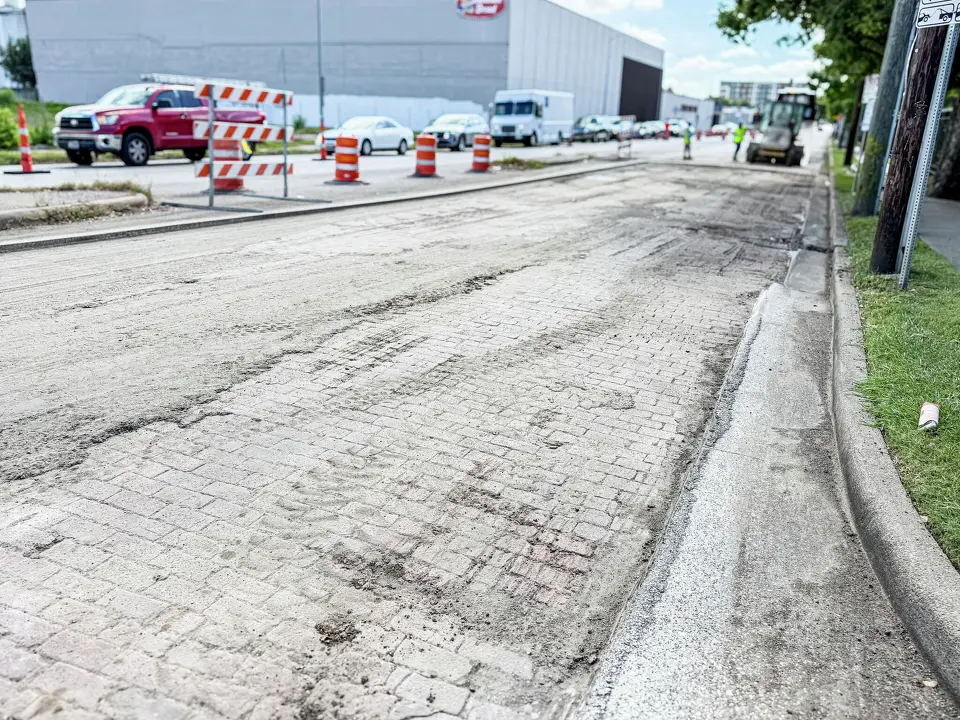Recent roadwork on Washington Avenue in Houston has unveiled a remarkable piece of the city’s history, revealing long-buried steel streetcar rails and original brick paving. These remnants, hidden beneath the asphalt for decades, have sparked significant interest and nostalgia among Houstonians. Discussions on social media platforms, such as Reddit, reflect both surprise and sentimentality about the city’s transport history and the durability of its early infrastructure.
The streetcar system operated in Houston from 1868 to 1940, with main routes traversing Washington Avenue and Heights Boulevard, as documented by the University of Houston’s Houston History Magazine. Although much of this infrastructure has vanished, similar discoveries occasionally occur during street repairs throughout the city, including the East End. Some parts have been preserved, such as Sabine Street, which retains its historic brick paving dating back to 1902.
Freedmen’s Town also holds historical significance, with streets paved by hand by formerly enslaved individuals in the late 19th century. These sites embody post-Emancipation resilience and heritage. Despite the current construction on Washington Avenue, which will soon cover the uncovered tracks and bricks, these discoveries continue to offer valuable insights into Houston’s rich historical narrative and urban development.

